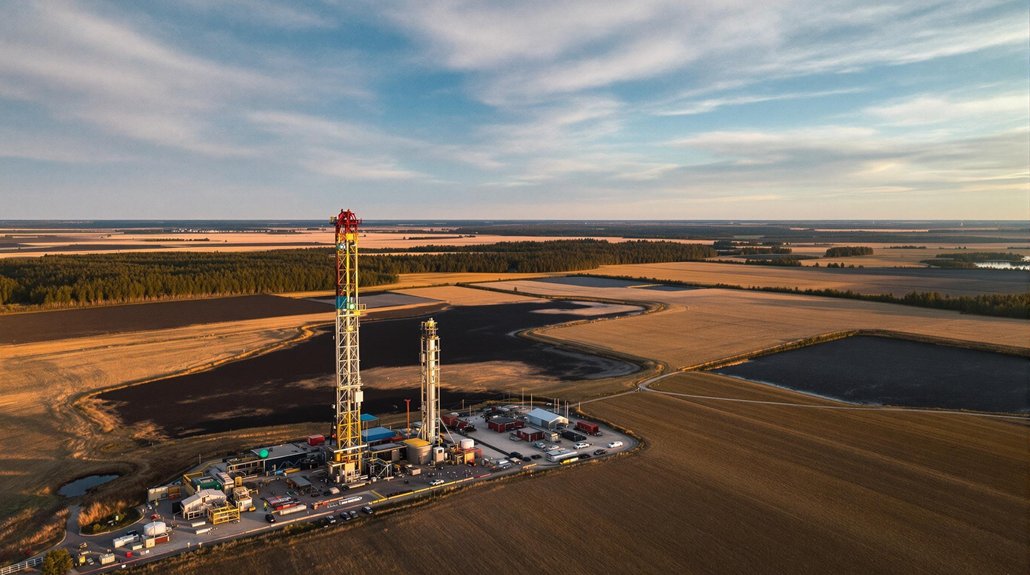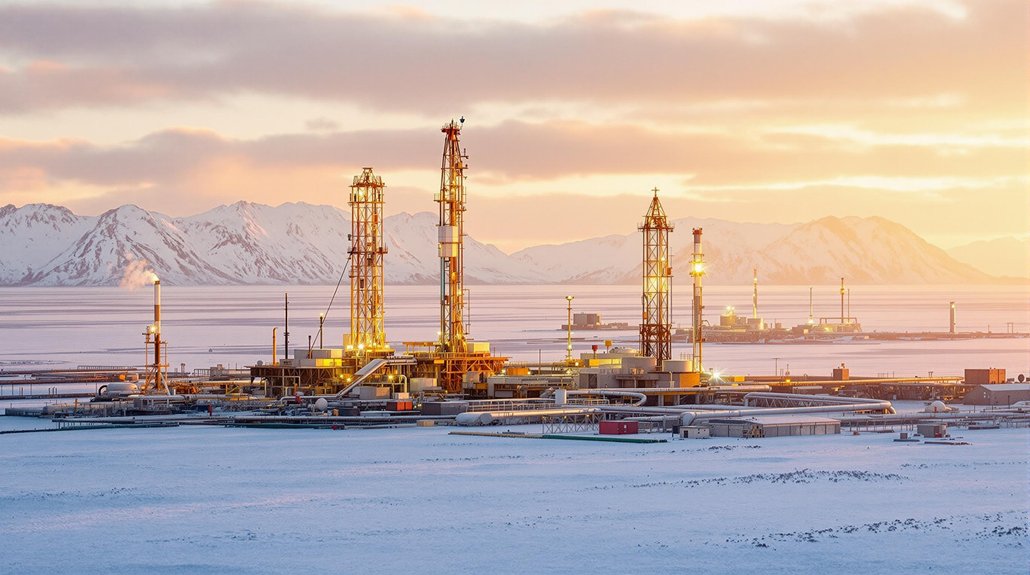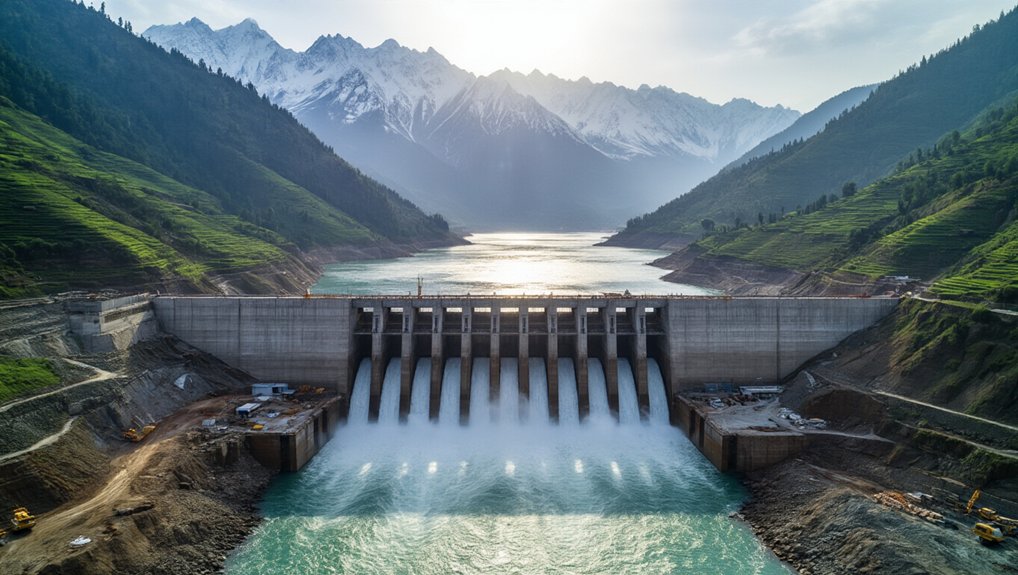First Helium made an unexpected discovery while exploring Alberta’s rich helium reserves. During operations in the Blue Ridge formation, the company found significant heavy oil deposits alongside helium-enriched natural gas. Testing confirmed 1.0% helium content in the 7-15 well. This find highlights Alberta’s diverse resource potential as the province ranks fifth globally in helium resources. The discovery comes as global helium supplies tighten and demand continues to rise.
Hidden beneath Alberta’s oil-rich landscape lies an invisible fortune that’s gaining attention. Alberta ranks fifth globally in helium resources with an estimated 70 billion cubic feet waiting to be tapped. This colorless, odorless gas is becoming more valuable as global supplies tighten and demand rises.
Alberta’s vast helium reserves represent an untapped treasure becoming increasingly valuable as global demand surges.
First Helium, a company exploring the Blue Ridge formation that extends across the Worsley land base, recently made an unexpected discovery. While searching for helium, they stumbled upon significant heavy oil deposits. This find highlights Alberta’s diverse resource potential in areas where companies are primarily exploring for helium. The company’s 7-15 well encountered helium-enriched natural gas with a 1.0% helium content, confirming the extension of the play concept.
Alberta’s helium concentrations range from 0.5% to 14% in some wells, with the highest concentrations found in Devonian strata in north central Alberta. The Medicine Hat field holds the largest known reserve with 0.2% helium concentration. Helium is typically found in the same regions as oil and gas deposits. Since helium is a nonrenewable resource, its extraction must be carefully managed to maximize long-term value.
The province offers several advantages for helium production. Alberta has well-developed infrastructure from the oil and gas industry, a skilled workforce, and easy access to the U.S. market, which is the world’s largest helium consumer. In 2020, the government introduced a 4.25% royalty rate to attract helium producers.
Current production is modest but growing. In 2023, Alberta produced 2.1 thousand cubic meters of helium per day from six producing wells. Experts forecast this will increase to 12.5 thousand cubic meters per day by 2033, with 28 wells expected to be producing by then.
Global demand for helium stands at around 6.2 billion cubic feet per year. Recent prices range between $300-$600 USD per thousand cubic feet, up from $214.36 in 2019. As U.S. production declines, Canadian producers have a unique opportunity to fill the gap.
Despite challenges like competition with carbon storage projects and limited tax incentives, Alberta’s helium industry continues to develop. The province is positioned to become a key supplier in the North American market.









